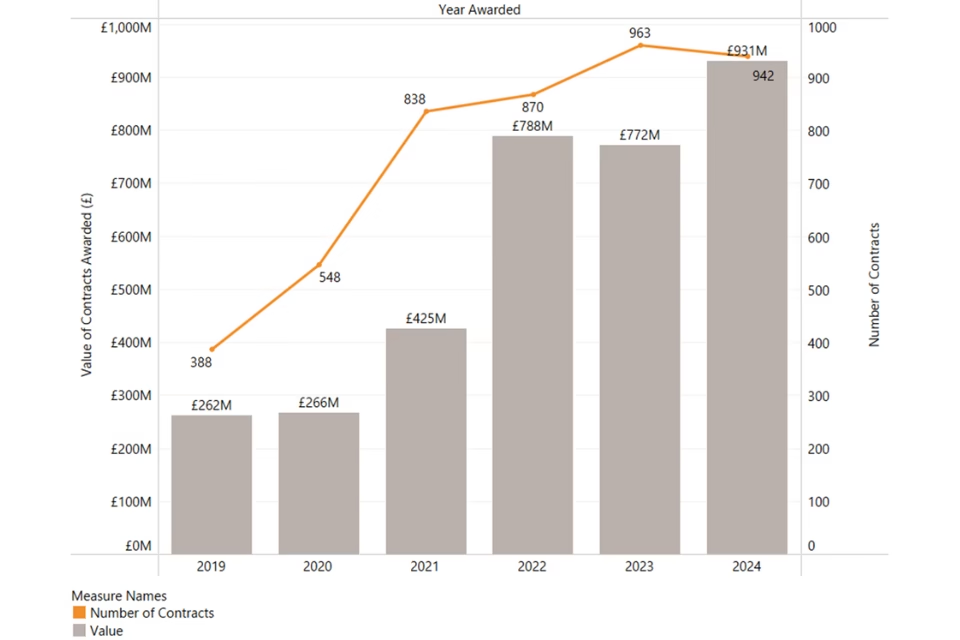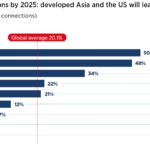“`html
Understanding the Evolving UK Cybersecurity Landscape
Estimated reading time: 15 minutes
Key Takeaways
- The UK cybersecurity market is experiencing significant growth, with increasing revenue and employment.
- Key trends for 2025 include Zero Trust Architecture, Cloud Security Posture Management (CSPM), and Extended Detection and Response (XDR).
- Artificial Intelligence (AI) is a dual-edged sword, enhancing defenses while also powering sophisticated attacks.
- The market is projected for continued strong growth through 2030, driven by cloud security, IoT, and healthcare.
- Businesses must adopt a proactive, integrated approach to cybersecurity, investing in technology, training, and talent.
Table of contents
- Understanding the Evolving UK Cybersecurity Landscape
- A Deep Dive: Cybersecurity Sectoral Analysis UK 2025
- Essential Cybersecurity Trends UK Businesses Must Embrace in 2025
- The Transformative Impact of AI on UK Cybersecurity 2025
- UK Cyber Security Forecast 2025-2030: A Glimpse into the Future
- Strategic Recommendations for UK Businesses: Navigating the Future
- Frequently Asked Questions
In today’s rapidly digitizing world, the threat landscape is more complex and dynamic than ever before. UK businesses are increasingly facing sophisticated cyberattacks, making robust cybersecurity not just a technical necessity, but a strategic imperative for survival and growth. Understanding the intricate currents shaping the **UK cybersecurity market trends 2025** is crucial for any organization looking to protect its assets, maintain customer trust, and ensure long-term viability. This post will navigate through the current state of the UK cybersecurity market, highlight the essential trends businesses must adopt, explore the profound impact of AI, and offer a glimpse into the future, all while providing a comprehensive outlook for **UK cybersecurity market trends 2025**.
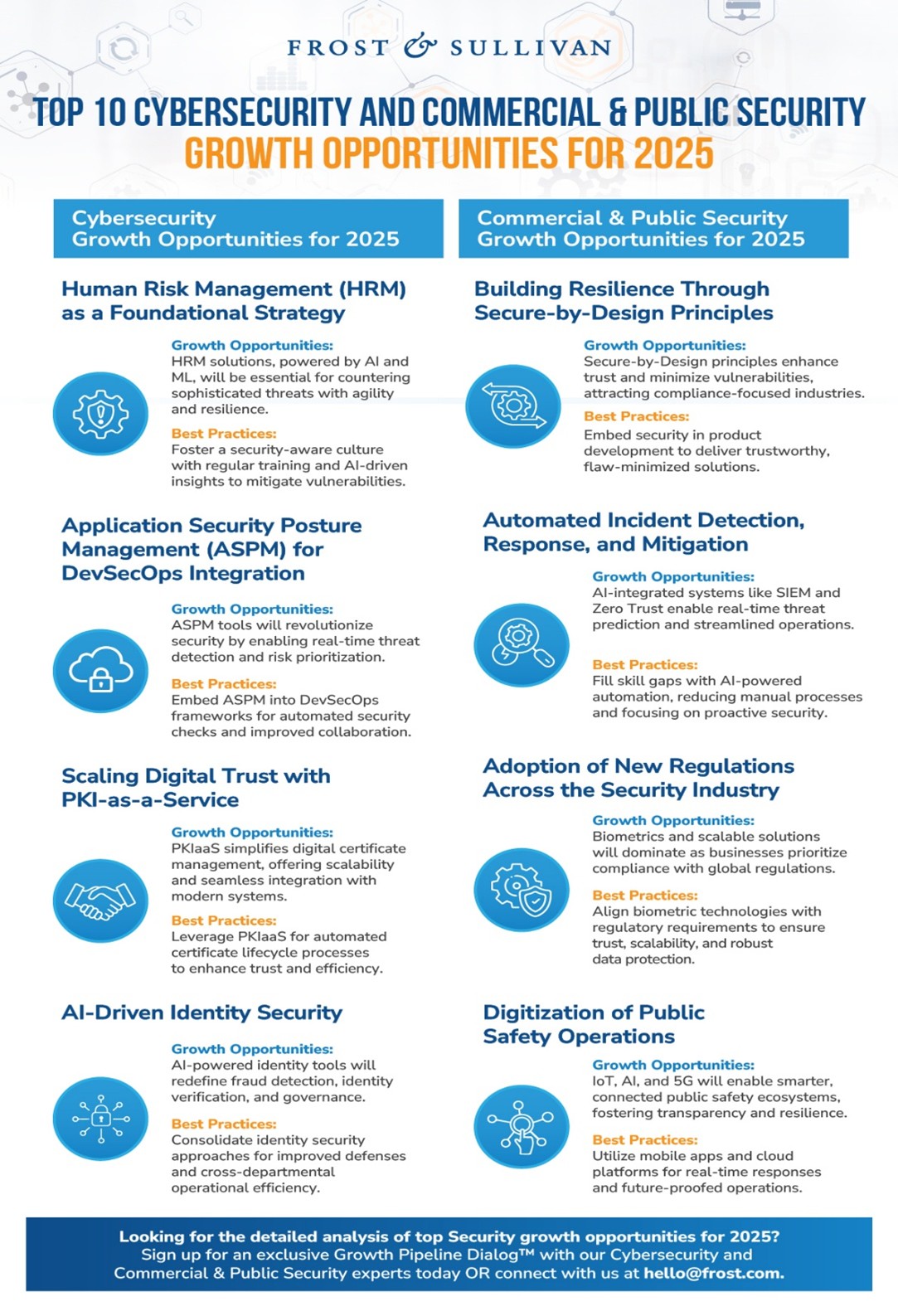
We will begin with a detailed cybersecurity sectoral analysis UK 2025, followed by an exploration of the essential cybersecurity trends UK businesses need to embrace. We’ll then delve into the significant impact of AI on UK cybersecurity 2025, before concluding with the broader UK cyber security forecast 2025-2030 and actionable strategies for businesses.
A Deep Dive: Cybersecurity Sectoral Analysis UK 2025
The UK cybersecurity market is a vibrant and rapidly expanding sector, demonstrating remarkable resilience and growth even amidst global economic uncertainties. This robust expansion underscores the nation’s commitment to digital security and its position as a global leader in cybersecurity innovation.
Current market data reveals a substantial and growing sector. In 2025, the UK cybersecurity market generated an estimated revenue of £15.7 billion, marking a significant year-on-year increase of 12% (Source). This impressive financial performance is mirrored by its contribution to employment. The sector now employs over 52,000 skilled professionals, with a projected annual growth rate of 8% in employment figures (Source). This indicates a healthy job market and a growing demand for cybersecurity expertise.
The ecosystem is characterized by a significant number of operating firms, with over 1,500 companies actively contributing to the market. Furthermore, the sector is dynamic, witnessing a consistent influx of new entrants, with approximately 15% growth in new firms establishing themselves annually (Source). This indicates a competitive yet accessible market, fostering innovation and specialized solutions. The economic impact of this thriving sector is substantial. In the past year, the Gross Value Added (GVA) of the UK cybersecurity sector has seen an increase of 10%, reaching £11.8 billion (Source), highlighting its significant contribution to the national economy.
When breaking down the market, it’s clear that services represent the dominant segment, accounting for approximately 65% of the total market revenue. This includes areas such as consultancy, managed security services, and threat intelligence. The remaining market share is distributed among security products (20%), Managed Security Service Providers (MSSPs) (10%), and resellers (5%) (Source). This segmentation emphasizes the demand for expert-led solutions and ongoing security management.
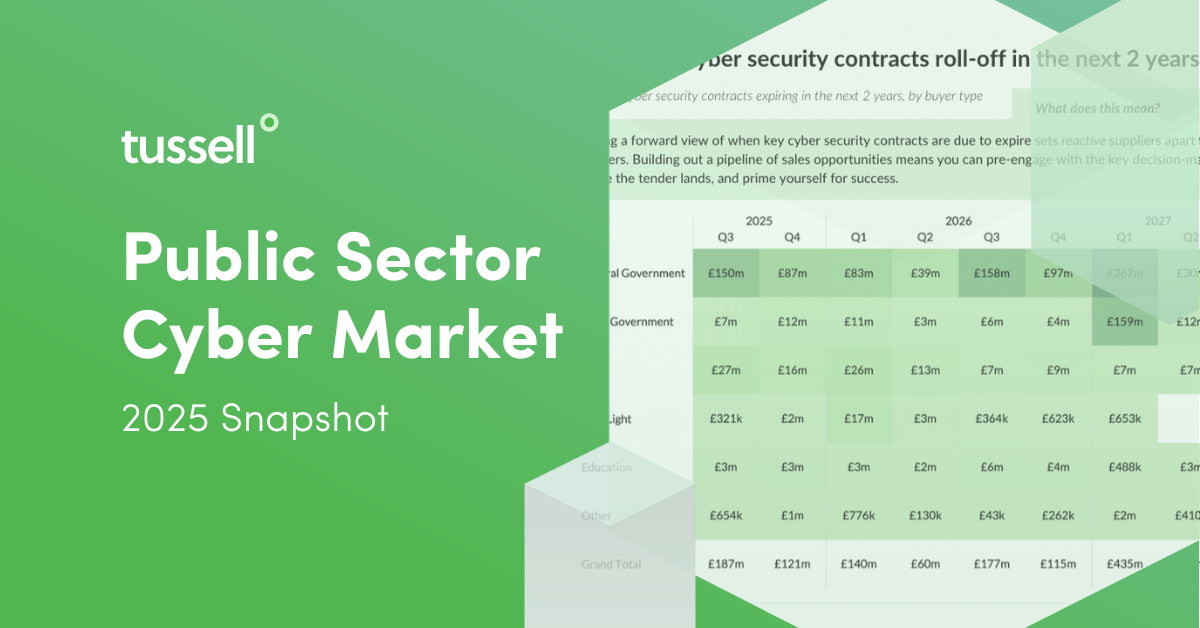
The UK cybersecurity landscape features a mix of established global vendors and a burgeoning ecosystem of innovative UK-based companies. These homegrown businesses are increasingly recognized for their specialized solutions and agility in responding to evolving threats. However, the sector is not without its immediate challenges. Escalating attack sophistication, characterized by nation-state-sponsored threats and advanced persistent threats (APTs), poses a constant concern. Furthermore, the persistent cybersecurity skills shortage remains a critical bottleneck, hindering the sector’s ability to meet the growing demand for talent.
Despite these challenges, current opportunities are abundant. The rapid adoption of cloud technologies has created a surge in demand for advanced cloud security solutions. Similarly, the Internet of Things (IoT) presents new attack vectors but also drives innovation in securing connected devices. The healthcare sector, with its sensitive patient data, is another area experiencing significant investment in cybersecurity to protect against breaches and ensure compliance.
*Regulatory pressures* are also a significant factor, with stringent data protection laws like GDPR and upcoming legislation pushing organizations to enhance their security postures (Source). This detailed cybersecurity sectoral analysis UK 2025 highlights a dynamic, growing market facing both significant challenges and abundant opportunities.

Essential Cybersecurity Trends UK Businesses Must Embrace in 2025
In the face of an ever-evolving threat landscape, adopting a proactive stance is no longer optional for UK businesses – it’s essential for survival. The year 2025 demands a strategic embrace of several key cybersecurity trends that form the bedrock of a resilient defense strategy.
One of the most critical shifts is towards Zero Trust Architecture. This security model operates on the principle of “never trust, always verify.” It requires strict identity verification for every person and device attempting to access resources on a private network, irrespective of their location – whether inside or outside the traditional network perimeter. Its relevance is amplified in the current era of hybrid and remote work, where the traditional network boundary has become increasingly blurred.

Complementing this is Cloud Security Posture Management (CSPM). As organizations continue their migration to cloud environments, ensuring their security is paramount. CSPM tools and practices help businesses identify and remediate risks within their cloud infrastructure, such as misconfigurations, compliance violations, and unauthorized access. This is indispensable given the rapid and widespread adoption of cloud services.
The evolution of endpoint security brings us Endpoint Detection and Response (EDR) and its more comprehensive successor, Extended Detection and Response (XDR). EDR solutions continuously monitor endpoints for malicious activity, providing the tools necessary for rapid investigation and remediation of threats. XDR builds upon this by integrating data from multiple security layers – including endpoints, networks, cloud environments, and email – offering a holistic view and enabling faster, more effective threat responses.

The human element remains a critical, yet often vulnerable, aspect of cybersecurity. Therefore, robust Security Awareness Training is indispensable. Phishing attacks and social engineering tactics continue to be highly effective due to their reliance on human psychology. Regular, engaging training empowers employees to recognize and report suspicious activities, transforming them into the first line of defense rather than the weakest link.
Finally, the unwavering importance of Data Privacy and Compliance, particularly with regulations like GDPR, continues to drive significant investment. These regulations mandate strong data protection measures, influencing the demand for specific security services. The market for data protection and encryption services is projected to grow by 14% annually (Source), highlighting the sustained focus on safeguarding sensitive information and adhering to legal frameworks.
These essential cybersecurity trends UK businesses must embrace in 2025 represent a fundamental shift towards more integrated, intelligent, and human-centric security strategies. Ignoring these trends leaves organizations exposed to escalating risks.
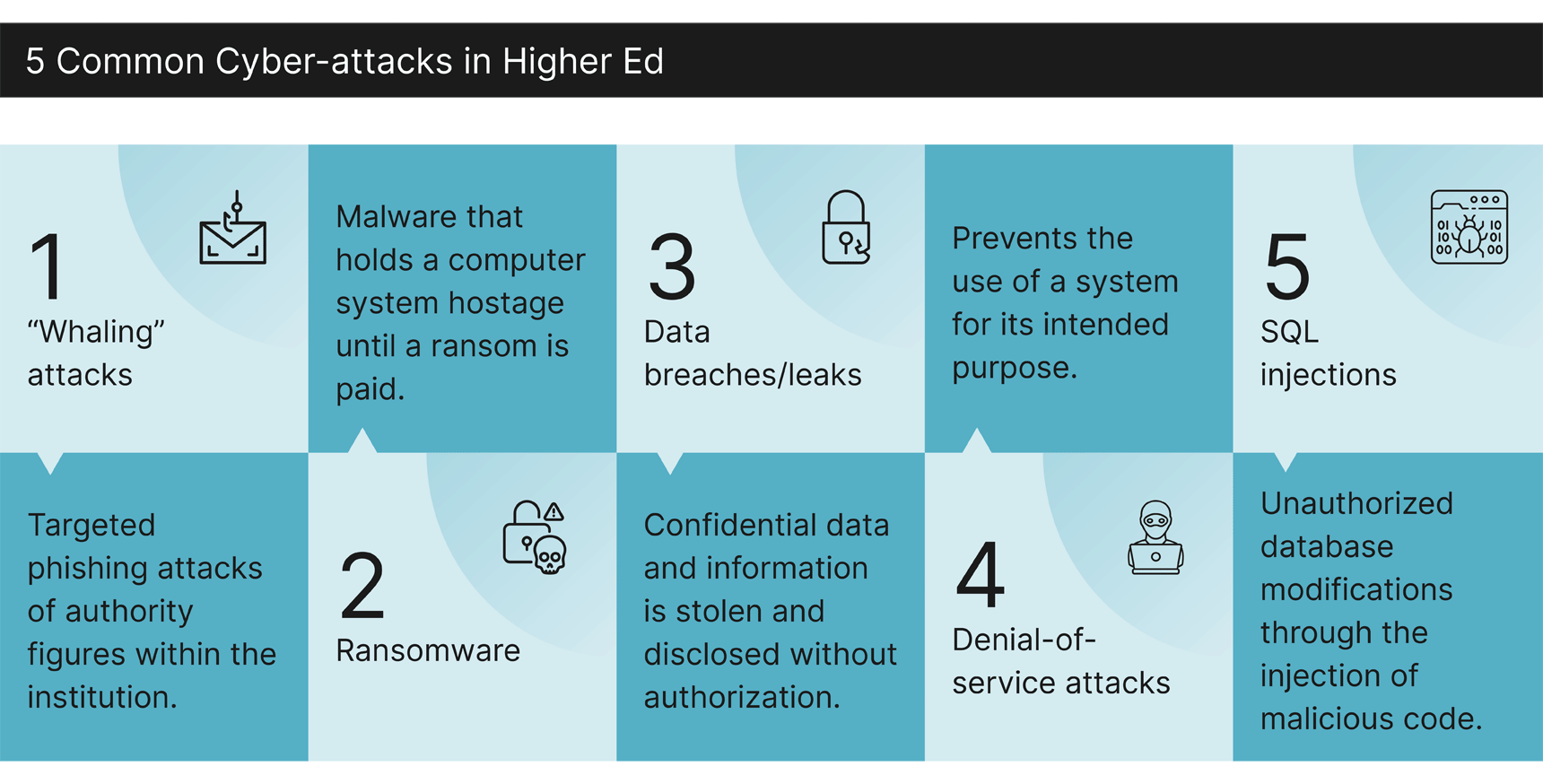
The Transformative Impact of AI on UK Cybersecurity 2025
Artificial Intelligence (AI) and Machine Learning (ML) are no longer futuristic concepts in cybersecurity; they are integral components actively reshaping the defensive and offensive capabilities within the UK cybersecurity landscape by 2025. Their transformative impact is multifaceted, offering unprecedented opportunities for enhanced security while simultaneously presenting new challenges.
On the defensive front, AI and ML are revolutionizing Threat Detection and Response. AI algorithms excel at analyzing vast datasets at speeds impossible for human analysts. This allows for the identification of subtle anomalies, prediction of potential threats based on patterns, and automation of incident response actions. This capability is crucial in combating the sheer volume and velocity of modern cyberattacks. Research confirms that AI significantly accelerates threat identification and enables sophisticated predictive analytics, allowing security teams to move from a reactive to a proactive posture (Source).
However, AI is a dual-use technology, and its power is also being harnessed by malicious actors. The rise of AI-Powered Attacks is a growing concern. Adversaries are leveraging AI to create more sophisticated, evasive, and personalized attacks. This includes advanced phishing campaigns that are incredibly convincing, the development of polymorphic malware that constantly changes its signature to evade detection, and automated vulnerability scanning and exploitation. The ability of attackers to use AI for automation and customization of threats presents a significant new challenge for defenders (Source).

In response to these evolving threats, there’s a notable trend of AI in Defensive Innovation. A growing number of UK cybersecurity companies are focusing on developing AI-driven solutions, from advanced threat intelligence platforms to automated security orchestration and response systems. The UK government is actively supporting this innovation through various programs and investments aimed at fostering startups and research in AI for cybersecurity (Source). This strategic focus is essential for maintaining a competitive edge against adversaries.
Indeed, AI and ML are becoming integral components of both government strategies and commercial product offerings aimed at enhancing cyber resilience. Their presence is now a recognized necessity in the ongoing efforts to secure critical national infrastructure and sensitive data. As AI technologies mature, their integration into defensive frameworks will only deepen. Research indicates that AI/ML are now prominent in government strategies for cyber resilience (Source), demonstrating its strategic importance at the highest levels.
The impact of AI on UK cybersecurity 2025 is therefore profound and paradoxical. While it offers powerful tools to bolster defenses, it also arms adversaries with new, potent capabilities. Navigating this evolving landscape requires a deep understanding of AI’s potential, both for defense and offense, and a commitment to continuous innovation and adaptation.

UK Cyber Security Forecast 2025-2030: A Glimpse into the Future
Looking ahead from 2025 to 2030, the UK cybersecurity market is poised for sustained and significant growth. This projection is driven by a confluence of factors, including the increasing digitalization of the economy, the persistent and evolving threat landscape, and the growing recognition of cybersecurity as a critical enabler of business operations.
Several key sub-sectors are expected to lead this expansion. Cloud security, in particular, is projected to see remarkable growth. The market for cloud security solutions is anticipated to grow by 15% annually through 2030, driven by the continued migration of businesses to cloud infrastructure and the complexities associated with securing multi-cloud and hybrid environments (Source). This segment is critical for enabling secure digital transformation.
The security of the Internet of Things (IoT) devices is another area of rapid development. With the proliferation of connected devices in both consumer and industrial settings, the market for IoT security solutions is expected to reach £5.8 billion by the end of 2025, and continue its upward trajectory (Source). Securing these often-vulnerable endpoints is becoming a major priority.
The healthcare sector, with its increasing reliance on digital systems and the critical nature of patient data, is also a significant growth area. The projected year-on-year growth for healthcare cybersecurity solutions is estimated at 13%, reflecting the heightened need for data protection and compliance in this sensitive industry (Source).
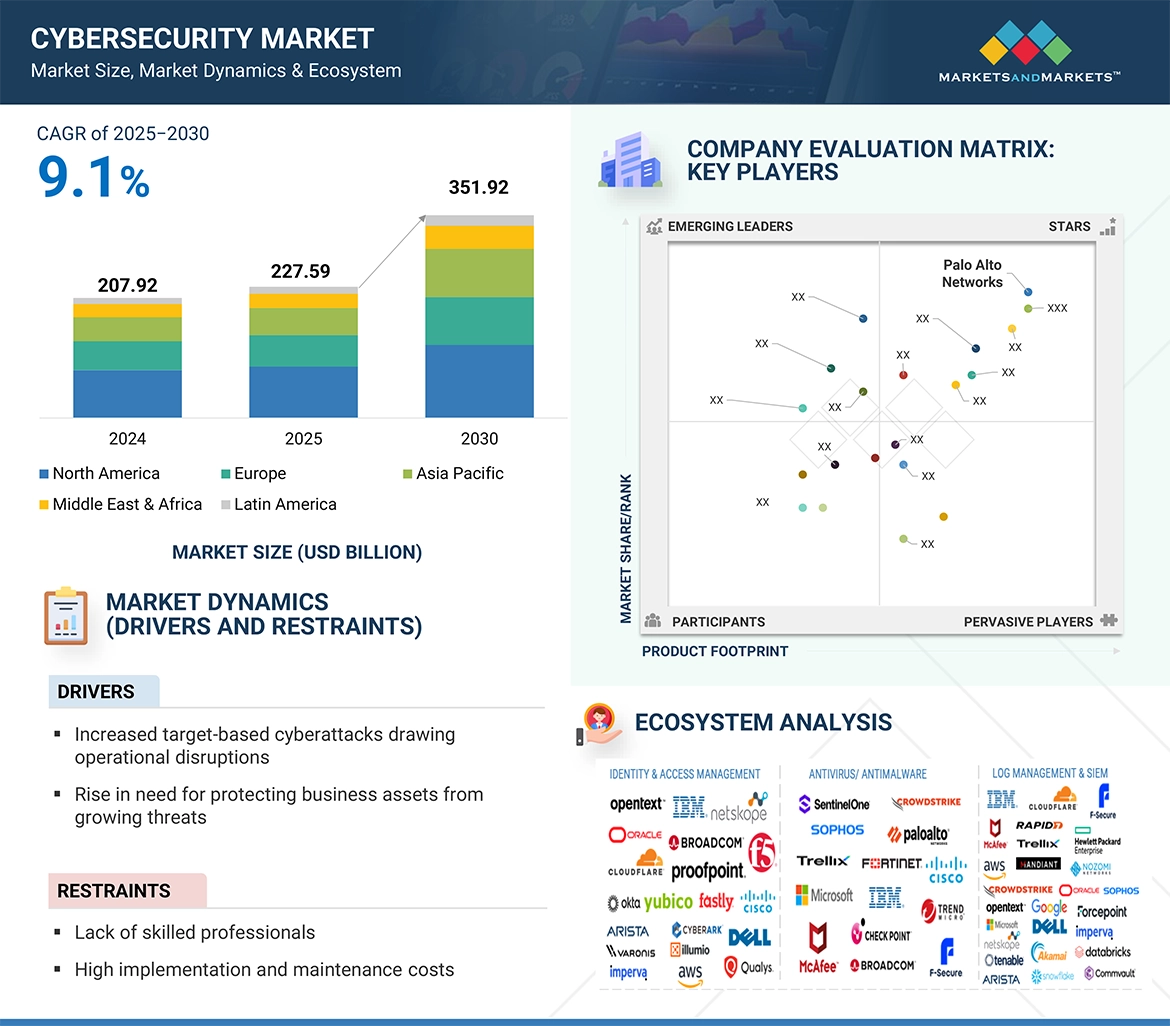
Beyond these key areas, potential future disruptors and emerging technologies will continue to shape the market. Quantum cryptography, while still in its early stages, promises to offer unparalleled security for data transmission. Advanced AI-driven solutions, capable of autonomous threat hunting and response, will become increasingly sophisticated. Furthermore, a focus on supply chain resilience solutions will become paramount, as businesses recognize the interconnected nature of modern operations and the risks inherent in third-party dependencies (Source).
Anticipated challenges to future growth persist. The talent gap in cybersecurity is unlikely to disappear entirely, requiring ongoing investment in education and training programs. The regulatory landscape will also continue to evolve, demanding constant adaptation from businesses to ensure compliance. New legislation and evolving data protection mandates will shape market priorities and investment.
The investment outlook remains positive. Venture capital funding in the UK cybersecurity sector is robust, driven by the perceived growth opportunities and the critical need for advanced solutions. Government funding and initiatives also play a crucial role in fostering innovation and supporting the growth of the domestic industry. For instance, the UK cybersecurity sector saw approximately £2 billion invested in it during 2024, a testament to its attractiveness and strategic importance (Source). This indicates a strong confidence in the sector’s future prospects.
The UK cyber security forecast 2025-2030 paints a picture of a dynamic, expanding market. Continued innovation, strategic investment, and a commitment to adapting to new threats will be key for businesses seeking to thrive in this evolving digital landscape.

Strategic Recommendations for UK Businesses: Navigating the Future
Based on the comprehensive analysis of the UK cybersecurity market and its future trajectory, businesses must adopt a strategic, forward-thinking approach. The insights gleaned from current trends and future forecasts provide a clear roadmap for enhancing resilience and security.
It is imperative to actively embrace the key trends identified for 2025. This includes the rigorous implementation of Zero Trust Architecture to eliminate implicit trust, the deployment of Cloud Security Posture Management (CSPM) tools to secure cloud environments, and the adoption of advanced solutions like Endpoint Detection and Response (EDR) / Extended Detection and Response (XDR) for comprehensive threat visibility and control.

Investment in the human element of cybersecurity cannot be overstated. Businesses should prioritize continuous workforce development, not only in technical skills but also in fostering a security-aware culture. This involves implementing regular, engaging security awareness training programs to equip employees with the knowledge to identify and mitigate threats, particularly phishing and social engineering attempts.
The transformative potential of AI and ML must be leveraged. Organizations are encouraged to explore and integrate AI and automation into their existing security frameworks. This can range from AI-powered threat intelligence to automated incident response, significantly enhancing the efficiency and effectiveness of security operations.

Data protection and compliance should be treated as strategic imperatives, not mere regulatory hurdles. Businesses must ensure their practices align with current and emerging data privacy laws, investing in robust encryption, access controls, and data governance strategies to safeguard sensitive information.
Finally, fostering a culture of continuous learning and adaptation is crucial. Businesses should proactively monitor emerging technologies and threats, staying informed about the latest advancements and potential risks. This proactive stance allows for timely adjustments to security strategies, ensuring they remain effective against the ever-evolving threat landscape.

By implementing these recommendations, UK businesses can better navigate the complexities of the evolving digital landscape and align themselves with the critical **UK cybersecurity market trends 2025**, ensuring a more secure and resilient future.
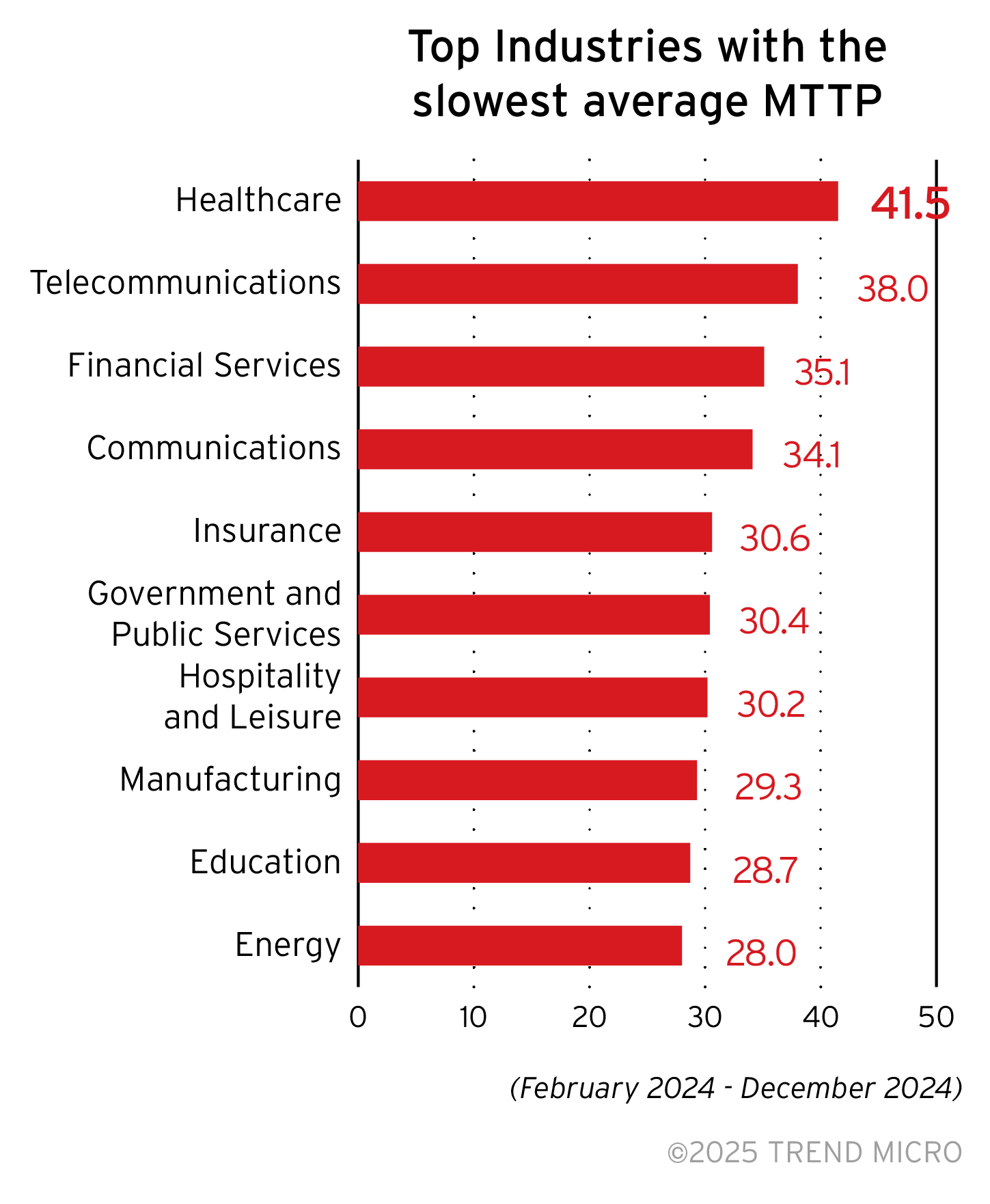
Frequently Asked Questions
Q1: What is the projected growth rate of the UK cybersecurity market for the next five years?
The UK cybersecurity market is projected to experience robust growth, with an estimated annual growth rate of approximately 10-12% through 2030, driven by increasing threats and digital transformation initiatives.
Q2: How significant is the skills shortage in the UK cybersecurity sector?
The skills shortage remains a significant challenge, impacting the sector’s ability to meet growing demand. Efforts are being made to address this through education and training initiatives.
Q3: What are the most critical cybersecurity trends for UK businesses to adopt in 2025?
The most critical trends include Zero Trust Architecture, Cloud Security Posture Management (CSPM), Endpoint Detection and Response (EDR) / Extended Detection and Response (XDR), and continuous Security Awareness Training.
Q4: How is Artificial Intelligence (AI) impacting UK cybersecurity?
AI is a double-edged sword. It’s enhancing threat detection and response capabilities for defenders but is also being used by adversaries to create more sophisticated and personalized attacks.
Q5: Which sectors are expected to see the most significant growth in cybersecurity investment in the UK by 2030?
Cloud security, IoT security, and healthcare cybersecurity are anticipated to experience the most substantial growth in investment by 2030.
Q6: What role do regulations like GDPR play in the UK cybersecurity market?
Regulations like GDPR are significant drivers of investment in cybersecurity services, particularly in data protection, encryption, and compliance solutions, as businesses strive to meet legal requirements and avoid penalties.
Q7: Are UK-based cybersecurity companies competitive on a global scale?
Yes, the UK has a vibrant ecosystem of innovative UK-based cybersecurity companies that are competitive globally, often specializing in niche solutions and demonstrating agility in responding to market needs.
Q8: What is the future outlook for investment in the UK cybersecurity sector?
The investment outlook is strong, with continued interest from venture capital and ongoing government support, indicating confidence in the sector’s growth potential and strategic importance.

“`


